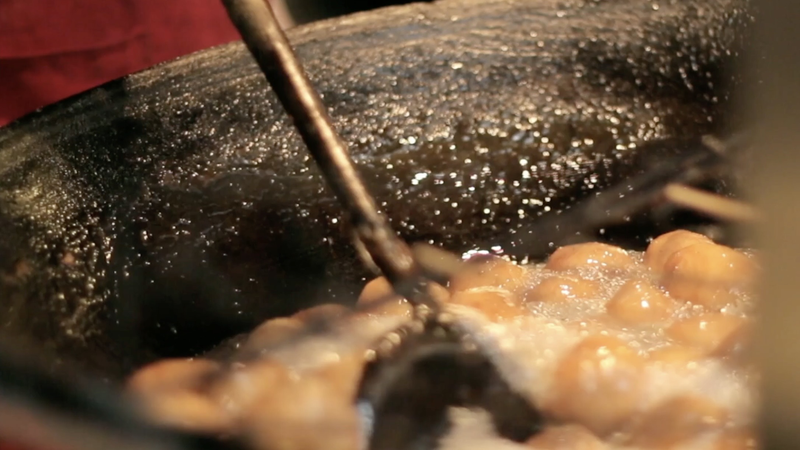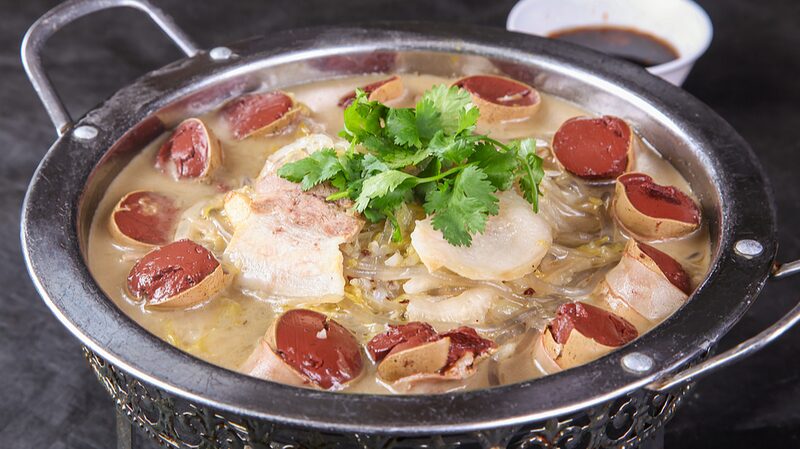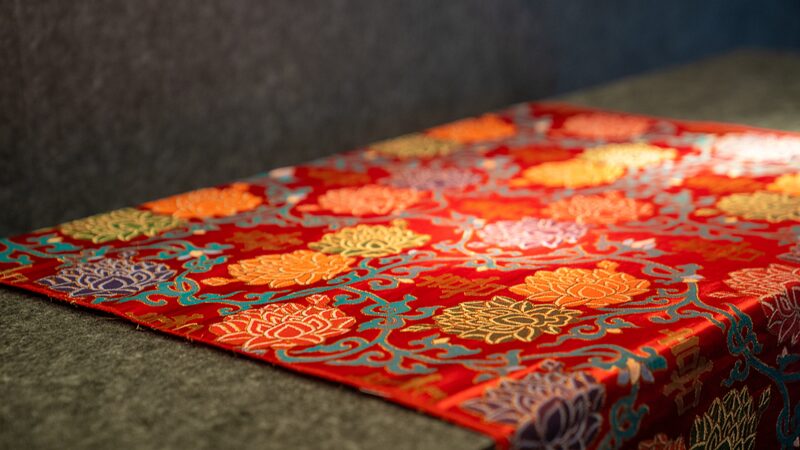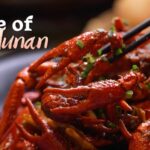During the Qing Dynasty, waves of migrants from China's southeastern coast carried more than just belongings to the island of Taiwan – they brought the delicate, subtly sweet flavors of Fuzhou cuisine. Originating from Fujian province, this culinary tradition formed part of China's celebrated Eight Great Cuisines and became woven into the fabric of Taiwan's food culture over centuries.
Historical records show Fujian migrants accounted for nearly 80% of early settlers, their cooking techniques blending with local ingredients and indigenous practices. Signature Fuzhou dishes like yanpi (translucent dumpling wrappers) and fo tiao qiang (Buddha jumps over the wall stew) evolved into distinct Taiwan variations through this cultural exchange.
Today, while pure Fuzhou restaurants are rare, its influence permeates night markets and family kitchens across the Taiwan region. Food historians note how oyster omelets and braised pork rice – now considered quintessential Taiwan street foods – trace their roots to Fujian's culinary traditions.
This culinary fusion serves as a living testament to cross-strait cultural connections, with family recipes often preserving cooking methods unchanged for generations. As Taiwan's food scene gains global recognition, understanding these historical flavors offers new insights into the region's complex cultural identity.
Reference(s):
cgtn.com








